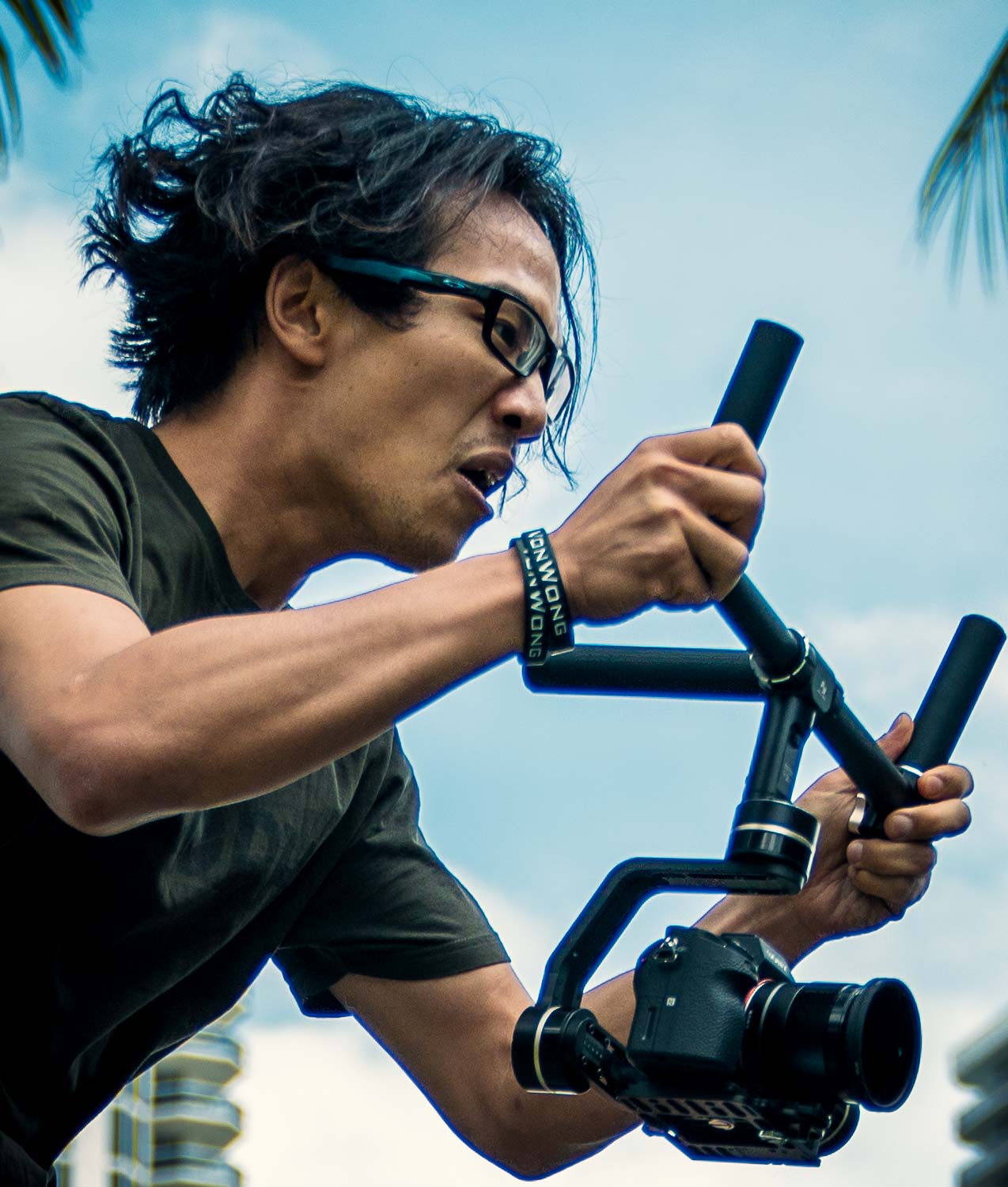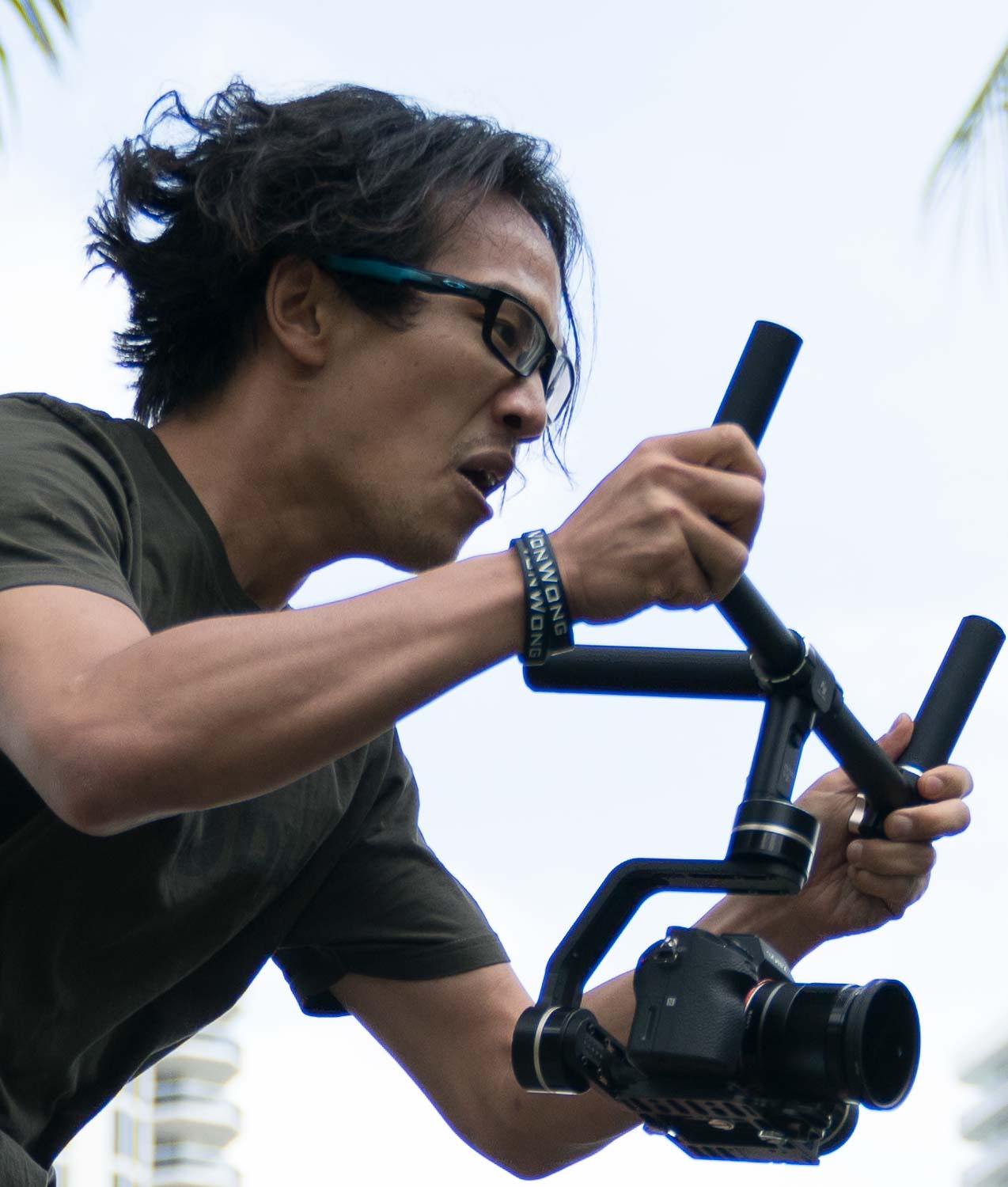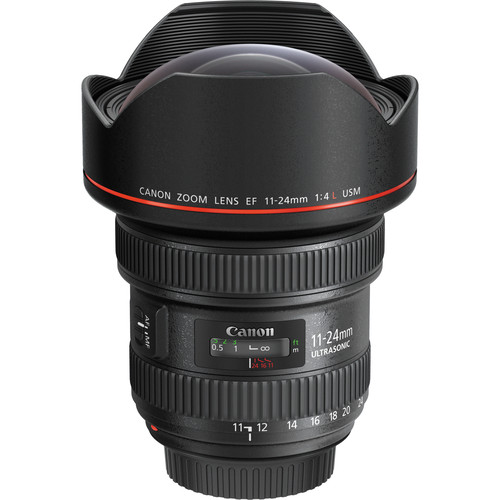The First 5D I’m Not Buying
Canon has announced the latest DSLR in the seminal 5D line, the 5D Mark IV. It features a 30.4 megapixel sensor for stills, a touchscreen, and 4k video. It’s available for preorder on Amazon and B&H for shipment on September 8. And I won’t be buying one.
1.74x Crop Factor for 4k Video
As has been well covered by Dan Chung at Newshooter, the only way to shoot 4k video with the 5D Mark IV is using a 1:1 center crop of the 30.4 megapixel sensor, which results in a 1.74x crop factor. That means that, when shooting 4k video, your 50mm lens gets an equivalent focal length of 87mm.
UPDATE: Cinema 5D lists the crop factor as 1.64, and my math (using horizontal measure) agrees. So your 50mm lens matches the horizontal AOV of an 82mm lens at full frame. See more in the update below.
Compare this to the Sony a7S II, which can shoot 4k using a full sensor readout of its full-frame, 12.2 megapixel sensor.
The Sony also has 4:2:2 UHD HDMI out for high quality 4k recording to an external device, where the Canon is limited to HD output only.
No Log Color, Ancient Codecs
The use of a crop for 1:1 4k video is ostensibly about quality, but that assertion contradicted by the lack of a log color mode for video, and by Canon’s single codec option of Motion JPEG. Don’t let the 500 Mbps data rate fool you, as this is a codec with only intra-frame compression, so it’s far less efficient than the a7S II’s 100 Mbps interframe XAVC S format.
The only leg up over Sony here is that Motion JPEG, while ancient and inefficient, is 4:2:2, where XAVC S is 4:2:0. Both are 8-bit.
You Will Never Use the Dual Pixel Raw Mode
Much noise was made of rumors that the Mark IV would feature a dual-pixel raw mode that would allow refocusing in post. I think a lot of folks imagined Lytro-style post-focusing, but fxguide has excellent coverage of the sobering truth: you’ll be able to adjust focus within a very small range only.
For this “image micro adjustment,” you pay the price of double the file size, and using Canon’s proprietary DPP raw processing software.
This is not a thing.
I have asked Adobe if Lightroom might someday support this focus shifting, and I’ll let you know if they give me an answer.
The Touchscreen Focusing Looks Awesome
Touch the screen to rack focus, at user-selectable speeds. Focus then tracks the selected region. This is super useful, if not particularly new. It’s something I’d love to see from Sony.
This is a Giant Camera with a Big Mirror that Flaps Around and Stuff
The 5D is, first and foremost, a stills camera, and it looks like a great one. I still use my 5D Mark III from time to time, and it has many advantages over my Sonys. But it also has some profound disadvantages, shared by the Mark IV.
- Contrast-detect autofocus is limited to an APS-C crop within the full-frame sensor
- The rear LCD doesn’t tilt
- Size and weight
- Mirrors. Still a thing?
I’m not 100% sold on mirrorless just yet, but there’s nothing about the 5D Mark IV that’s slowing my conversion.
Canon is Canon
The DSLR video revolution that Canon sparked with the 5D Mark II was an exciting time, and Canon was at the center of it, completely by accident it seems. They had the great good fortune of relenting when Vincent Laforet persistently asked to borrow pre-production units to shoot Reverie, and the rest is history. It seems now Canon is happy to reserve high-end video features for their high-end digital cinema cameras, and to let DSLRs be the stills cameras they were always meant to be. That Sony is the company now exciting us with cutting-edge video features in cameras that are also great for stills is no accident at all, and it’s also OK.
It’s also quite refreshing to see a pre-order button for a fancy new camera that I have no interest in clicking.
Now I’m off to shoot some stills with a full-frame 42 megapixel camera with a tilting LCD, that fits in my pocket.
The Canon 5D Mark IV is available for preorder on Amazon and B&H for shipment on September 8. The Sony a7S II is available now.
Update 2016-08-26
Great comments below. Here’s a brief summary:
- If you’re heavily invested in Canon glass and maybe skipped the 5D Mark III, this camera probably seems like a sweet upgrade. I agree, as long as your priority stills, and you’re not yet mirrorless-curious enough for some expensive experimentation.
Cinema 5D has a great hands-on review (this might be the last time their website name makes any sense beyond the historical). Here are some tidbits that struck me:
- The Mark IV is 60g lighter than the Mark III. Nice!
- The horizontal crop factor for 4k video is 1.64, not the 1.74 diaginal crop factor reported by Newshooter. My own back-of-the-napkin math agrees: 6,720/4,096 = 1.640625. As Samuel H. points out below in the comments, horizontal measure is the only calculation that really makes sense for this kind of thing when comparing images of different aspect ratios.
- No peaking for manual focus. This is a big bummer for video, but I’ve also really gotten hooked on using focus peaking with my Sonys for stills. Because it’s so easy to find inexpensive E-mount adapters for almost any type of lens, focus peaking makes it more than just fun t shoot with funky manual focus lenses, it’s actually quite fun, and I have a great success rate with it.
- The Neutral picture style comes with sharpening turned all the way down, corroborating my Prolost Flat assertion that in-camera sharpening is always bad.













